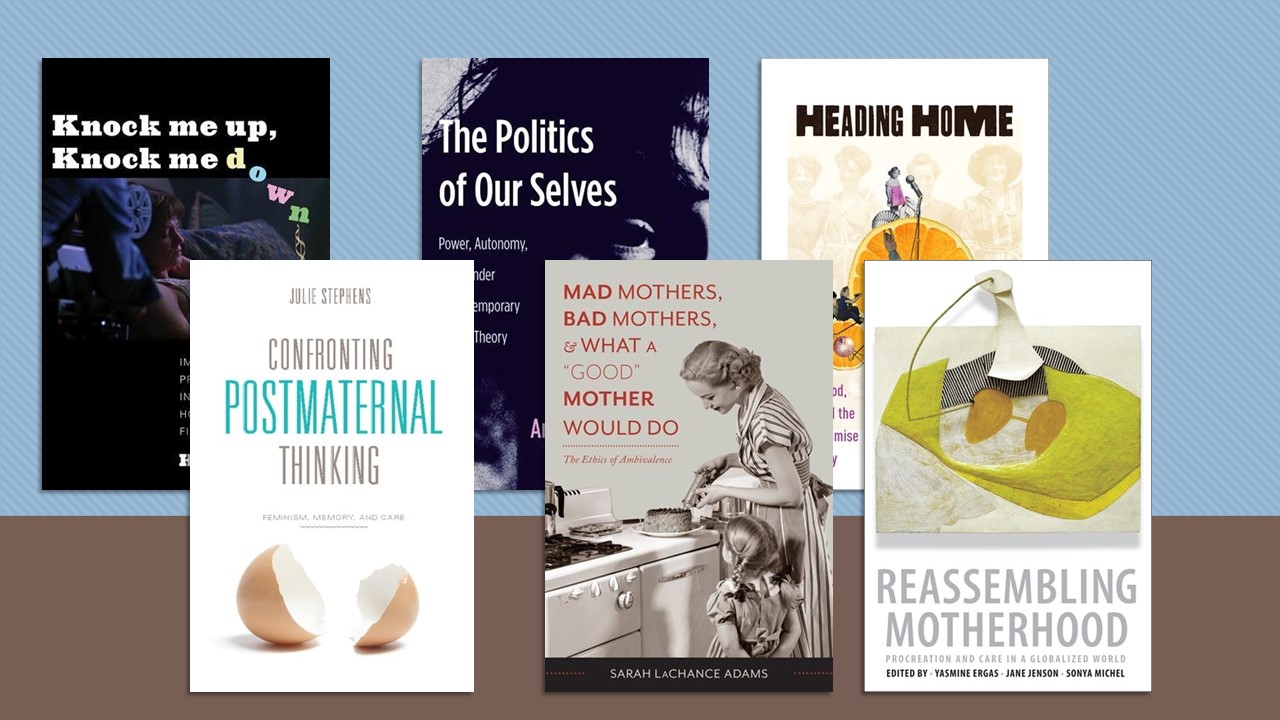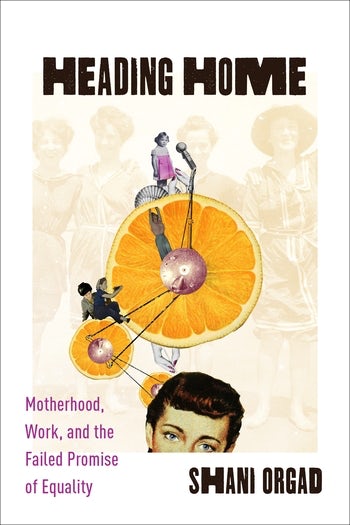Defining “Mother” Today

“This fabulous collection challenges our conventional understanding of motherhood and its connection to bodies, technologies, global migration, and policy, and pushes the debate to the next level…This volume is a must read for anyone interested in the issues of motherhood, care, social inequality, and public policy.”
~ Ito Peng, University of Toronto, coeditor of Gender, Migration, and the Work of Care: A Multi-Scalar Approach to the Pacific Rim
Mother’s Day is this Sunday, and as the weekend approaches and we think about how to celebrate the day, Yasmine Ergas, one of the editors of Reassembling Motherhood: Procreation and Care in a Globalized World asks the question, “Who is a mother today?”
• • • • • •
We celebrate mothers, but who is a mother today, where, and for whom? Is a mother a woman who has borne a child, or a woman who has cared for a child, or a woman who has done neither? Is a mother necessarily a woman? And, can a child have only one mother at a time? Today, while millions of people craft their own ways of mothering, state policies towards motherhood are rife with contradictions. The confidence with which the Romans could proclaim, and legal systems through our present-day encode, that “mater semper certa est ”— the mother is always certain and childbirth is her mark — has long been lost. In its place, we have greater liberty amid glaring inequality.
The pathways to motherhood have been pluralized. Especially for the relatively affluent of the global north, biology is no longer the constraint it once was. Women without wombs have given birth; but while uterine transplants remain rare, other assisted reproductive technologies have become commonplace. And, for some, reproductive surrogacy has joined adoption in allowing women who do not give birth to have children. At the same time, social constrictions have waned, enabling single women and same-sex couples in some parts of the world to bear and nurture their children. The liberalization of motherhood is imperfect—while the stigma of voluntary childlessness may be declining for some, restrictions on access to abortion and contraception are increasing for others – but it is palpable.
“For many, barriers to motherhood remain high. Racial, colonial, and other discriminatory legacies limit who can be a mother and how.”
For many, barriers to motherhood remain high. Racial, colonial, and other discriminatory legacies limit who can be a mother and how. In the United States, social services’ unequal application of parental fitness standards is reflected in the alacrity with which children are placed in foster care. And, while maternal mortality continues its scandalous ascent, felling African-American women, far more than others, migrant women’s children, have been removed at the country’s borders. But restrictions on motherhood also take more subtle forms. The soaring demand for child care precipitated in the global north by rising female employment rates has fostered massive migrations of women, many of whom leave their children behind to care for the children of others.
Globalization shapes the freedom to mother and the obstacles to doing so. Worldwide markets in child-making and child-care are contributing to the reinvention of motherhood. Long-distance mothers have developed ways to connect to their children, but they also “mother” the children in their daily care. In surrogacy and adoption clinics, specialized personnel teach the women who give birth that they are not the“mothers” of the children they will bear. They are women who procreate for payment; many find that this helps them take better care of the children who are “theirs.” In daily life, women reassemble the conventional components of motherhood and imagine new ones. Are they all “mothers”? How should the law define them? Why, when and how? Debates swirl on these themes everyday. Perhaps the best approach is to recognize motherhood as a site of contestation, experimentation, and daily reinvention.






